For this exhibition, the 3D models created by the Décor Working Group are showcased. These models were primarily made using photogrammetry and lasergrammetry by the PLEMO 3D platform within the André Chastel Center, Faculty of Letters, Sorbonne University.
Taking advantage of the scaffolding erected for the reconstruction of Notre-Dame de Paris Cathedral, these 3D surveys were carried out on architectural parts that had previously been inaccessible. These methods allow for the highly precise digitization of an object into a 3D model by taking numerous photos from all angles.
Thus, various capitals, busts, and keystones were digitally duplicated and implemented into an eCorpus database. These models were made accessible during the exhibition, revealing these monumental decorations in detail to the public through the explanations and analytical work of researchers and historians.
These interactive presentations were available on-site during the exhibition through a tactile holographic display system using eCorpus as the visualization engine.











